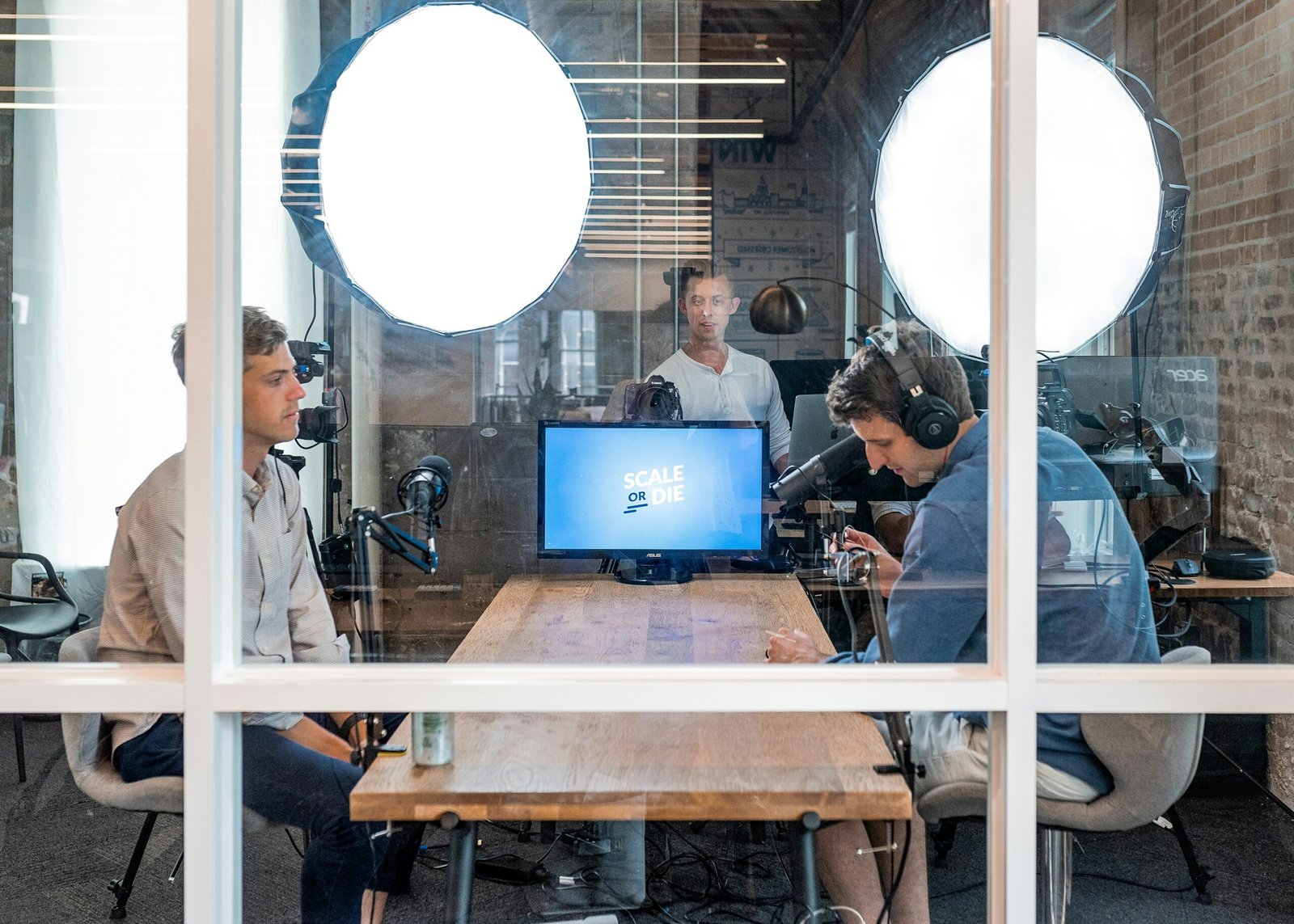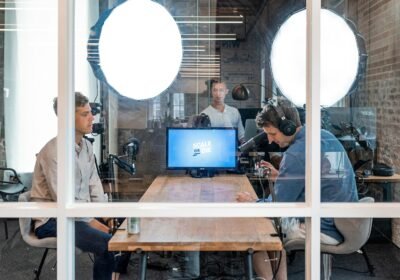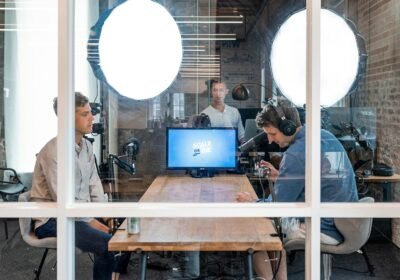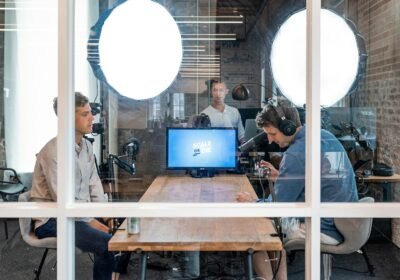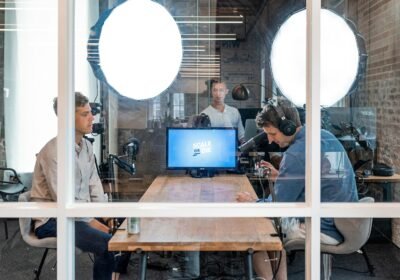Embracing Danish Hygge: The Trend of Cozy Living in 2023
Understanding Hygge: The Heart of Danish Lifestyle
The term “hygge” holds a special significance in Danish culture, representing a lifestyle that prioritizes coziness, comfort, and a deep sense of contentment. At its core, hygge is about creating an inviting atmosphere where people can connect, relax, and feel at peace. This concept has its roots deeply embedded in Denmark’s history and socio-cultural practices, emphasizing the importance of simple pleasures and quality time spent with loved ones. The Danish embrace of hygge is a profound reflection of their values, which prioritize well-being and a balanced life.
Hygge can be manifested in various forms, such as savoring a warm cup of coffee on a cold day, gathering around a candle-lit dining table with friends, or enjoying the tranquility of a quiet evening at home. The essence of hygge lies in the details, from the warmth of a cozy blanket to the soft glow of fairy lights. Such everyday pleasures contribute to an overall sense of joy and fulfillment that permeates Danish life. Furthermore, the practice of hygge encourages individuals to slow down, appreciate the moment, and find happiness in the ordinary.
The rising global popularity of hygge, especially in recent years, showcases a growing appreciation for this Scandinavian approach to living. As individuals around the world seek solace from the hustle and bustle of modern life, they are increasingly embracing the principles of hygge in their own spaces. It encourages a lifestyle of simplicity and mindfulness, accompanied by an emphasis on creating inviting environments. Thus, hygge is not merely a trend but rather a lifestyle choice that fosters connection and harmony, making it a significant aspect of living well in today’s fast-paced world.
The Modern Danish Home: Architecture and Interior Design Trends
The Danish concept of hygge, which embodies a sense of comfort and coziness, is increasingly reflected in contemporary architecture and interior design trends within the modern Danish home. This aesthetic embraces minimalism, focusing on simplicity in both form and function. Clean lines, uncluttered spaces, and an overall harmonious flow are fundamental elements in creating a serene environment that encourages relaxation and well-being.
Natural materials play a pivotal role in enhancing the hygge experience, with wood, stone, and wool being prominent choices. These materials not only add warmth to spaces but also connect inhabitants to nature, which is essential in fostering a tranquil atmosphere. For instance, many modern Danish homes feature solid wood flooring that complements the minimalist aesthetic, further bridging the gap between indoor and outdoor living. Additionally, furnishings crafted from quality materials, such as handwoven textiles and organic shapes, are favored for their ability to evoke tactile comfort while being visually pleasing.
Color palettes heavily influence the ambiance of modern Danish homes. Soft, muted tones such as light grays, earthy greens, and creamy whites dominate the scene, offering a backdrop that stimulates serenity. These colors are often coupled with the thoughtful use of accent pieces in deeper hues, creating visual interest without overwhelming the senses. Lighting also plays a critical role in accentuating these color choices, with warm, inviting illumination being preferred to curate an intimate and cozy feel.
Some popular design choices currently being embraced include multifunctional furniture, which promotes practicality while maintaining a sleek appearance. Moreover, incorporating elements like indoor plants can amplify the connection to nature, further enriching the hygge lifestyle. Ultimately, the modern Danish home serves as a testament to the enduring appeal of hygge, seamlessly blending aesthetics with comfort.
Lifestyle Choices: How the Danes are Rethinking Work-Life Balance
In recent years, the Danish lifestyle has gained international attention, largely due to its instillation of a balanced work-life structure that prioritizes both professional obligations and personal fulfillment. This shift in lifestyle choices demonstrates not only a commitment to productivity but also an understanding of the pivotal role that leisure plays in overall well-being. Businesses in Denmark have begun implementing flexible work schedules, allowing employees the freedom to manage their time effectively. Such policies grant individuals the ability to harmonize their professional responsibilities with their personal lives, thereby fostering happiness and satisfaction.
Furthermore, the Danish government has made substantial strides in supporting familial structures through generous parental leave policies. By offering parents the time and financial security to care for newborns, Denmark reinforces the significance of family bonds and early childhood development. This holistic approach encourages both parents to engage in child-rearing without the stress often associated with balancing work demands. As families thrive under these conditions, they contribute positively to the community, cultivating a robust societal fabric.
Another defining characteristic of the Danish lifestyle is the culturally ingrained importance of leisure time. With a clear understanding that downtime is essential for mental health, Danes emphasize the need for regular breaks and recreational activities. This lifestyle choice allows individuals to recharge, leading to increased creativity and productivity in the workplace. Many companies in Denmark have incorporated wellness programs that encourage outdoor activities, fostering a culture that values both physical activity and mental relaxation.
As nations across the globe look to Denmark for inspiration, the fundamental elements of this lifestyle choice serve as a beacon for how work-life balance can be effectively integrated into everyday living. The success of these policies and practices underscore the undeniable connection between a supportive work environment and the happiness and well-being of individuals.
Food and Community: The Role of Togetherness in Danish Culture
In Denmark, food is not merely sustenance but a central element of social interaction and community bonding. The concept of hygge, or cozy living, permeates every aspect of Danish life, and communal meals serve as a pivotal platform for fostering closer relationships. Traditional dining experiences, often characterized by warmth and comfort, emphasize the importance of shared moments over the dining table, reinforcing familial and social connections.
Danish cuisine offers a variety of beloved dishes that encapsulate the spirit of togetherness. The well-loved smørrebrød, an open-faced sandwich typically topped with fish, meats, or vegetables, serves as a staple during gatherings. This dish is not only a delight to the palate but is often prepared collectively, allowing families and friends to connect while creating and enjoying their culinary art. Moreover, the ritual of enjoying a warm bowl of stegt flæsk med persillesovs, crispy pork belly served with parsley sauce, represents a hallmark of Danish dining culture that invites leisurely, relaxed meals and meaningful conversations.
Furthermore, Denmark’s emphasis on seasonal foods contributes to the community experience. Meals often incorporate ingredients that reflect the rhythm of nature, promoting an awareness of local producers and sustainability. This practice fosters appreciation for the shared environment and encourages communal support, reminiscent of the hygge ethos where well-being and comfort come from both within and surrounding communities.
The Danish tradition of “konfirmation” or confirmation celebrations also highlights the significance of togetherness, where family and friends gather to honor adolescents transitioning into adulthood. These events usually showcase an array of dishes, further binding relationships through culinary enjoyment. Such communal experiences underscore the synergy of food and togetherness, illustrating how essential they are in promoting the hygge lifestyle in Denmark.



